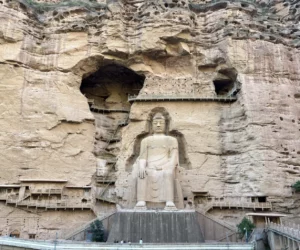The Bingling Temple Grottoes: A Marvel of Ancient Buddhist Art The Bingling Temple Grottoes are carved into a cliffside on the west of Dasigou in Jishishan Mountain. They are located in Taping Village, Wangtai Town, Yongjing County of Gansu Province, China. These grottoes are a remarkable treasure of ancient Buddhist art. A Historical Overview The…
Ming Dynasty
The Ming Dynasty, lasting from 1368 to 1644 CE, was a period of orderliness and grandeur in China. It marked the resurgence of Han Chinese control after the Mongol-led Yuan Dynasty. The Ming era is well-known for strengthening the Great Wall and building the Forbidden City, which stood as the imperial palace in Beijing. The dynasty is celebrated for its cultural prosperity, including advancements in literature, philosophy, and the fine arts. With a stable government, the Ming emperors established a robust administrative structure that bolstered China’s economy and expanded its international trade, especially through the famed maritime voyages of Admiral Zheng He.
During the Ming dynasty time period, China became one of the world’s most powerful and wealthiest nations. The Ming porcelain is particularly revered, and its techniques have been passed down through generations, still coveted today. This period also saw the compilation of the monumental Yongle Encyclopedia, which represented the vast knowledge and achievements of the Chinese civilization. Ming dynasty emperors like Yongle and Wanli are key figures, each leaving distinct imprints on China’s history with their pursuits in governance, expansion, and the arts. The legacy of the Ming Dynasty continues to shape modern China and contributes significantly to the global understanding of Chinese culture and history.
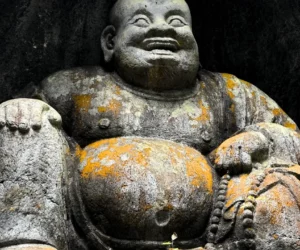
Fei Lai Feng Grottos Hangzhou
The Feilai Grottoes, also known as the Feilai Feng Caves, are a stunning collection of Chinese Buddhist art. Carved into the limestone cliffs of the Feilai Feng, or “the Peak that Flew Here,” these grottoes are located near the Lingyin Temple in Hangzhou, Zhejiang Province, China. They boast a rich array of statues and reliefs that date back to the 10th century during the Five Dynasties and Ten Kingdoms period. The grottoes are a testament to the skill and religious devotion of ancient Chinese artisans and have become a significant cultural and historical site.
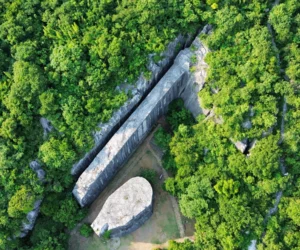
Yangshan Quarry in China
Yangshan Quarry stands as a testament to the grandeur of China’s imperial history. Nestled in the outskirts of Nanjing, this monumental site reveals the ambitions of the Ming Dynasty. It draws visitors keen on exploring its massive, unfinished stele—intended to be the largest of its kind. The story behind the quarry reflects the era’s advanced stonemasonry and the challenges faced during its exploitation. The Yangshan Quarry’s undelivered stele holds more than just historical value. It symbolizes Ming Dynasty’s architectural prowess and its deep cultural and spiritual intentions.

Xiangtangshan Caves
Historical Significance of Xiangtangshan Caves Artisans first carved the Xiangtangshan Caves during the Northern Qi Dynasty, between AD 550 and 577. Subsequently, artists from the Sui, Tang, Song, and Ming dynasties also contributed to the caves’ development. These caves, located in Hebei province, stand out as the largest in the region. Craftsmen chose the top-quality…
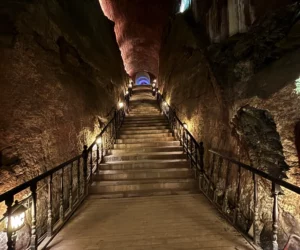
Tomb of King Minglu
The Historical Significance of King Minglu’s Tomb King Minglu’s tomb, a significant archaeological site, offers a profound glimpse into China’s rich past. This tomb complex includes the resting places of several Ming Dynasty kings: King Luhuang, King Lujing, and King Lujuye. Each tomb provides unique insights into the era’s cultural and political milieu. King Luhuang:…
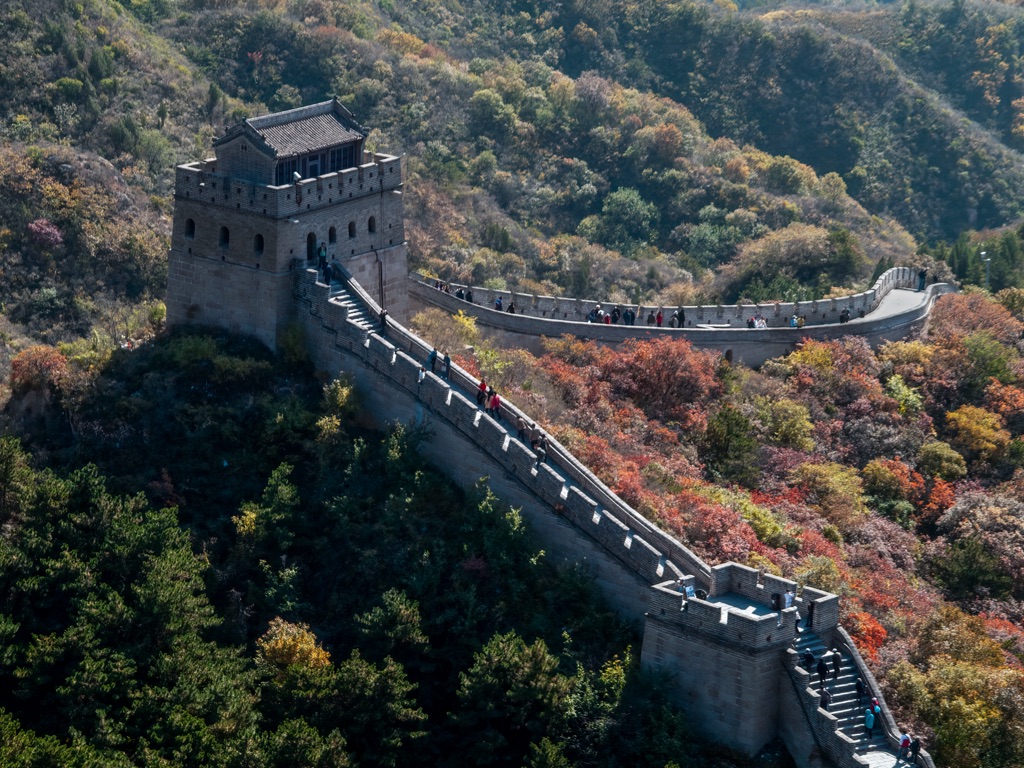
Great Wall of China
The Great Wall’s history dates back to the Spring and Autumn period when several walls were constructed. The first Emperor of China, Qin Shi Huang, is often credited with conceiving the Great Wall in its earliest form around 221 BC. He ordered the connection of several existing walls and the construction of new segments to fend off invasions. The wall was expanded and enhanced over successive dynasties, with the most extensive work occurring during the Ming Dynasty.

